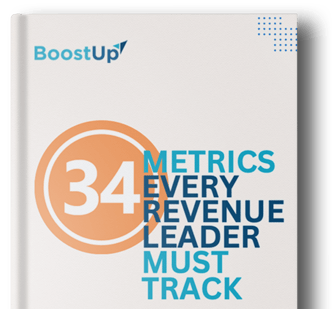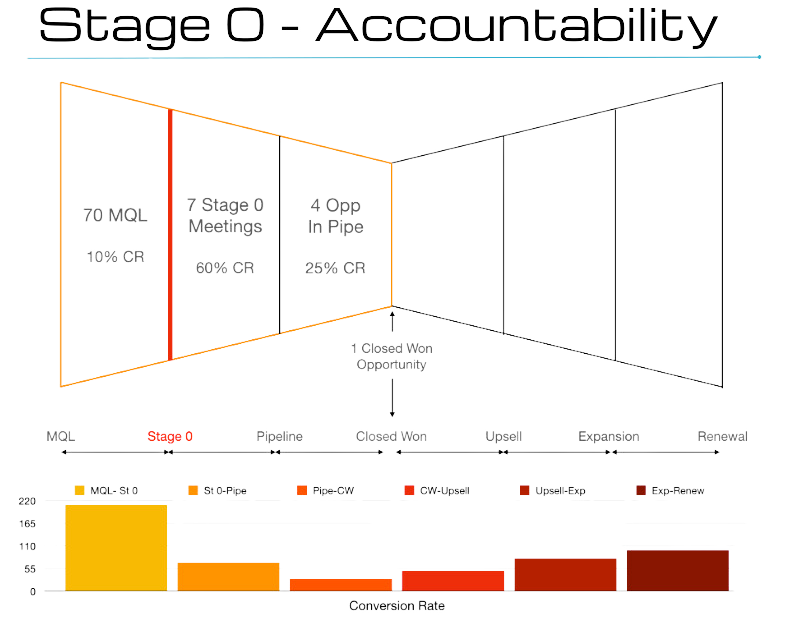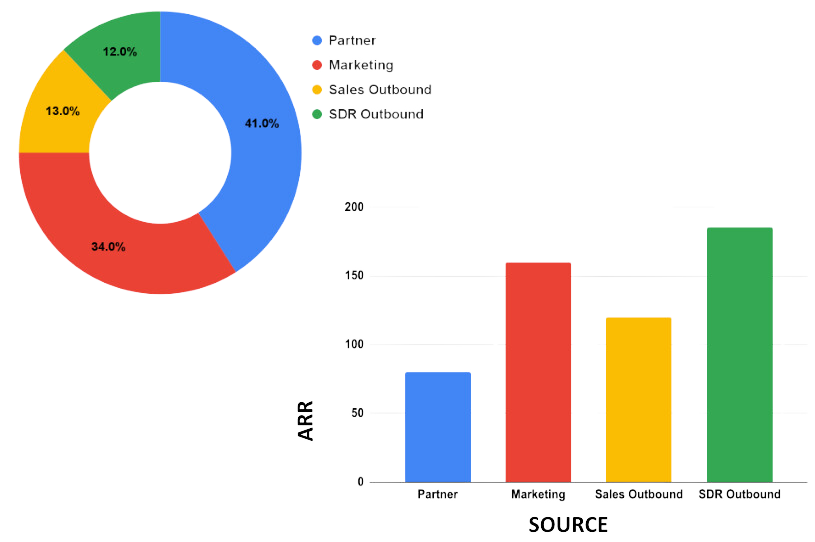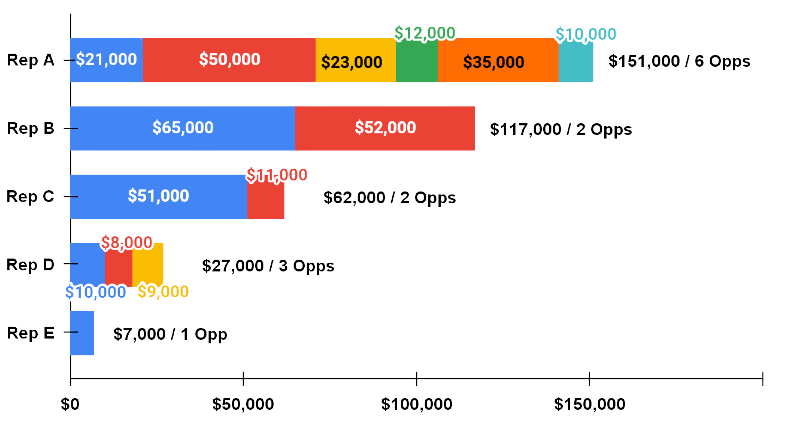Metric 1: Stage 0 - Accountability
{color=#FFFFFF, opacity=100, rgba=rgba(255, 255, 255, 1), rgb=rgb(255, 255, 255), hex=#FFFFFF, css=#FFFFFF}
The "Stage 0 - Accountability" metric is a key performance indicator in the sales process that tracks the conversion rate from MQLs to Stage 0, and then into the pipeline.
This metric primarily aims to ensure accountability and transparency within the sales funnel. By monitoring the progress and effectiveness of leads as they move from being identified by marketing (MQL) to being acknowledged by the sales team (Stage 0) and, eventually, into the active sales pipeline, businesses can better understand their lead conversion effectiveness, uncover bottlenecks, and optimize their sales and marketing strategies for improved revenue growth.














